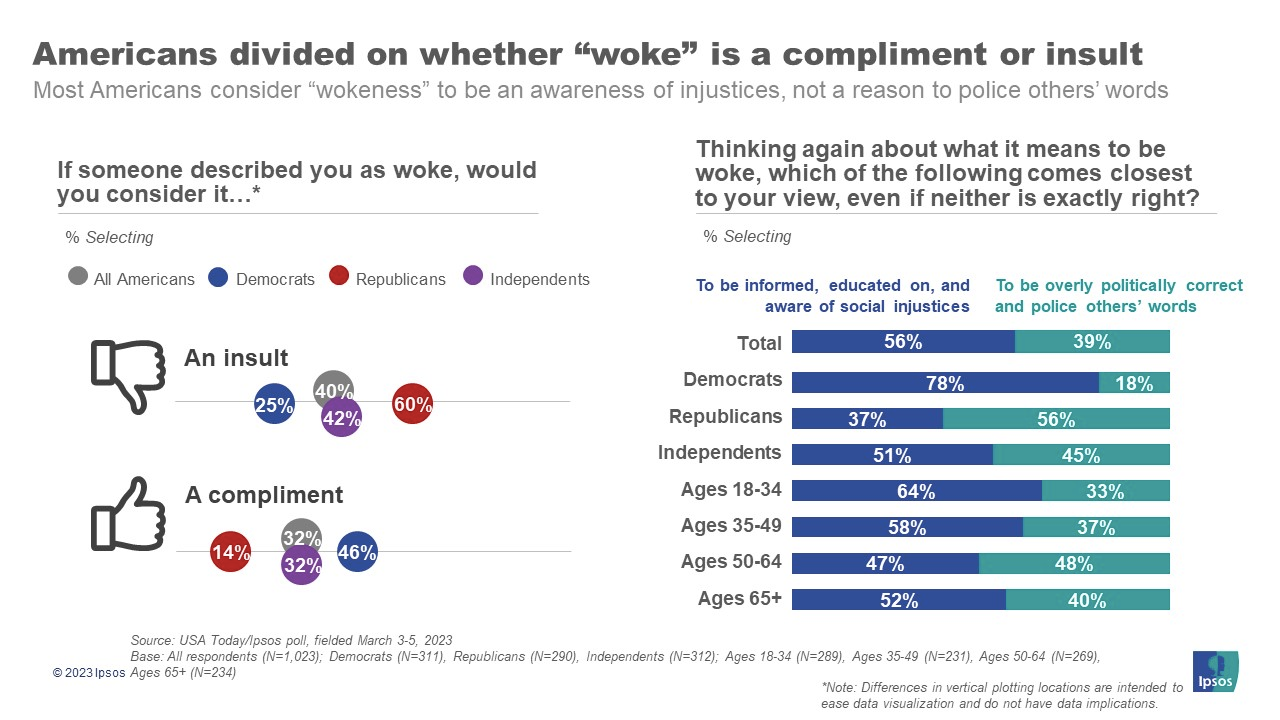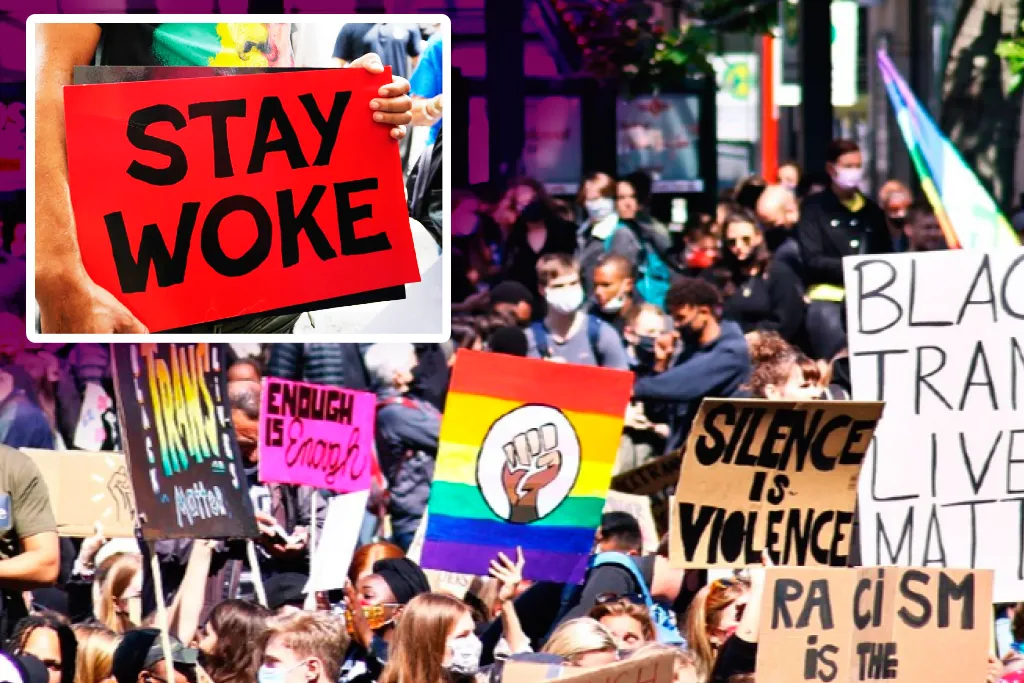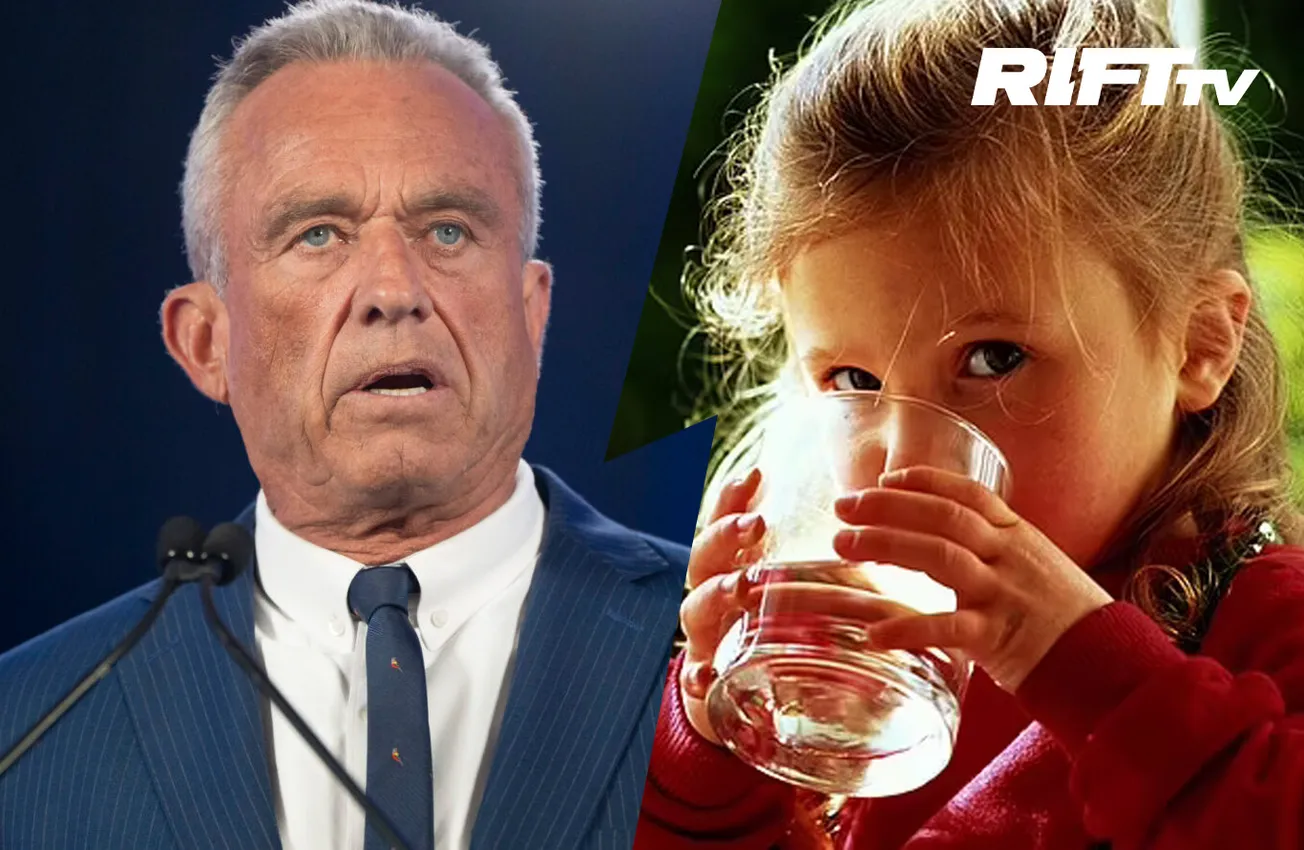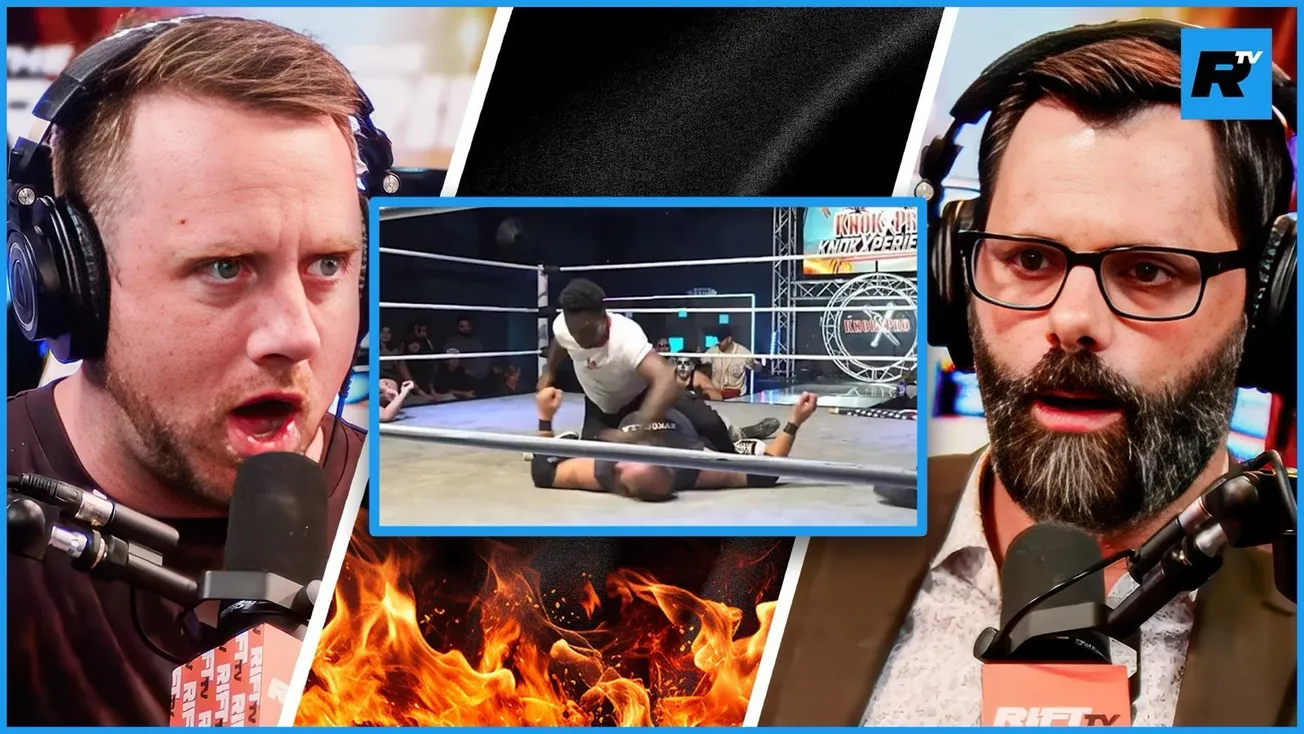40% of Americans consider “woke” to be an insult. And yet, that's all we hear about in the media.
Is political correctness changing the fabric of American culture? Here we dissect the meaning and history of woke culture.
What is Woke Culture?
Woke culture (also called political correctness) is a social movement that claims to promote social justice—but in practice, it does not bring genuine progress because it focuses on aggressively policing language instead. It concentrates its efforts on condemning those who fail to catch up to their ever-changing speech norms. While “wokeness” was originally about the awareness of social injustice, it has since transformed into a weapon of moral public shaming.

Many believe that those who question woke culture have an inherent problem with racial or gender equality. But this is not true. The actual problem with wokeness is the shallow, coercive way it claims to foster progress (and how its uptake by institutions promotes social antagonism, more on this later). Rather than working to support marginalized communities, woke culture makes a big ruckus about how your language skills define your virtue. In something akin to Houdini’s great next performance, woke culture substitutes genuine virtue with mere coinages of virtue.
What Does Woke Culture Mean?
Woke culture means that a big movement of people will make social progress rules confusing, ever-changing, and enforced by pointing fingers. Their double standards make a perfect substitute for actual virtue: Somebody who is actually racist just has to blabber the right words, and voilà!—They’re deemed righteous, honorable, and charitable. Many good people are scorned at and labeled as bigoted, simply because they didn’t memorize the latest woke lexicon in time.
According to Connor Murray in Forbes, even
Black activists and academics have criticized white liberals for co-opting “woke” and using it in a performative way to appear progressive, as well as using it to refer to any left-leaning position, diluting its original meaning.
How did we get to this nasty game of wack-a-mole?
How did Woke Culture Start?
The term “woke” started in the 1930’s in African-American communities, later suffering transformations in the hands of 1960’s students, who took these woke ideas to institutions, media, and governance—setting the scene of the explosive 2020 Black Lives Matter riots.
Humble Beginnings
The first usage of “woke” occurred in 1930, used by blues singer Lead Belly to describe the act of being aware of racial injustice—“being woke” or “staying woke”. How did it grow so much?
Well, remember the hippies in the 1960s? By yesterday’s standards, they were “woke” by all means. These student-led social justice protests helped kickstart today’s “wokeism”, because these students later entered academia and positions of power. In these roles, they began enforcing their beliefs institutionally for decades to come.
Also, in the 1980s, the term “sexual harassment” expanded to include any uncomfortable environment. This vagueness allowed woke ideology to gain traction in schools and at work. However, political correctness died down by the late ’90s, losing a battle against comedians who thought laughter was the best medicine against radicalization. This break was short-lived, and social media revived the ideology in the 2010s, leading to the woke culture we know of today.
Was woke always an insult?
No. Before 2020, being “woke” was an identifier. It later evolved into an insult or something negative.
If you were a rapper who denounced, let's say, that the police oppressed you, then you might have been called “woke” because you were defending a group. But there was no negative implication in this. It was just a descriptor. Some people liked it more, others liked it less.
There was, on the internet, a term which meant the same as what “woke” means in 2025. It was SWJ, or social-justice warrior. A SWJ was someone who virtue-signaled on the internet on the same foundations that wokeness is built on. Although wokeness turned out to be a cash machine, and being a SWJ was not.
As Paul Graham, cofounder of Y Combinator, explains, “woke” has since evolved into something bad. And SWJ faded away from internet discourse. No-one says it anymore.
What is angry mob and cancel culture?
An angry mob is a group of people who gang up to “take out” a specific person for saying or doing anything deemed “problematic”—also understood as “cancel culture” when it occurs through social media. Social media was the perfect cockfighting ring for quarrels and weaponized public shaming to erupt. This cranked up political correctness to the max, rebranding cancel culture as today’s woke culture in 2020.
If the woke liberal mob continues escalating cancel culture, this country will become completely unrecognizable.
— Buddy Carter (@Buddy_Carter) July 19, 2021
Legacy media’s jump on the bandwagon added fuel to the fire. Before, newspapers remained neutral, in the hopes of appealing to the geographical majority. But with the boundlessness of the internet, newspapers no longer needed to stay neutral (surprise!, most turned left). Engagement is king, and traditional media was quick to swap principled journalism for stories featuring these angry mobs. This intensified woke culture’s stronghold over institutions, media, and speech.
Wokeness and DEI
What’s more, the rise of Diversity, Equity, and Inclusion (DEI) offices within universities and corporations solidified wokeness deep into the heart of the Establishment. These bureaucracies exist to promote the ideology, nothing else. They frequently fail in achieving what they (supposedly) set out to oppose: an emphasis on race and ethnicity, rather than ability. Hiring practices now often require candidates to submit “DEI statements”—essentially pledges of political allegiance. Kind of dystopic, right?
And finally, we have the Black Lives Matter movement. Especially in 2020, it further propelled woke ideology into mainstream thought and conversation. It began as a call for reform, but wokeism turned it into a violent witch hunt. Woke rhetoric and the speech police dominated the media and academia like crazy.
In short, woke culture is a two-faced movement that does not come through with true social justice. It splits society wide open and replaces discussion with dogma. Real progress requires concrete actions and not beating around the bush. Woke culture instead offers hashtags, cancel mobs, or performative outrage.











Conversation